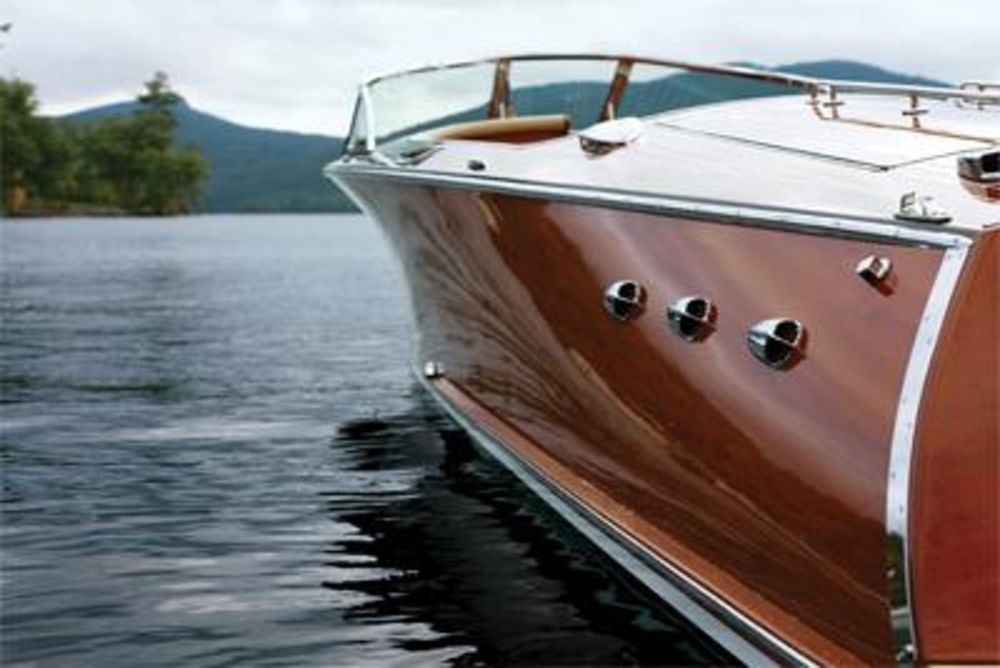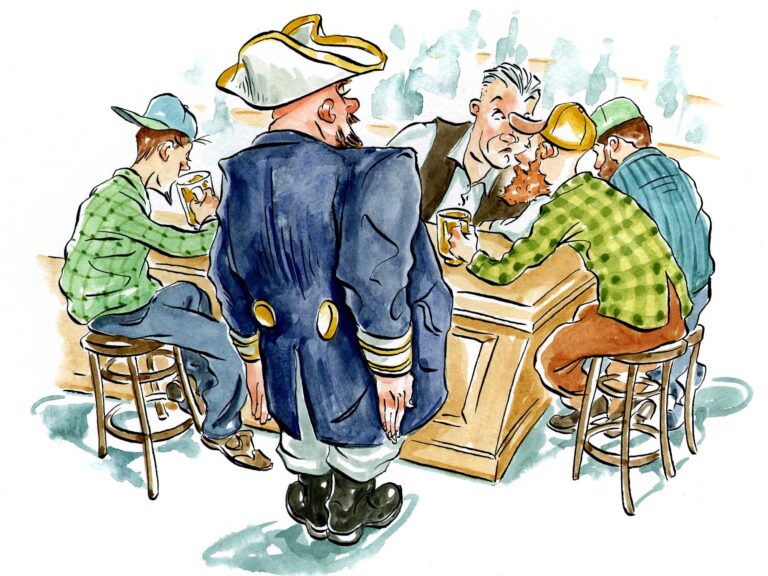
The more things change, the more things change. Or do they? Although the boating industry has advanced a hundredfold in terms of reliability, ease of maintenance, and electronics, the sea and the weather remain the same as they ever were. So even though many of the techniques of the past aren’t in common use anymore, they remain, when tweaked slightly by contemporary circumstances, eternally valuable. For those of you who doubt this, here are some examples of the way it was – and why these methods still work.
Then: When wooden boats were first launched, they needed to be babysat for a few days to make sure the pumps kept running until the planks swelled and leaks stopped.
And Again: Not a bad idea to check your boat frequently following the spring launch. You may have forgotten dock line lengths or fender positions, you could have a new neighbor who is tied up differently (read: improperly), and equipment often fails after being idle over the winter.
Then: Weather gurus listened for static on an AM radio, which foretold of thunderstorms in the area.
And again: VHF forecasts and the Weather Channel give plenty of information, but it’s often not right for your specific cruising ground. Learn to read nature’s signs. If a storm is to your west or north, it’s likely to hit. Dew in the morning means a fair day. A halo around the moon is a sign of rain. A wind that changes to your right as you face it signals improving weather.
Then: Listening for the sounds of surf, cars, barking dogs, and other land noises were ways to help fix your position in a fog.
And again: Still helpful, should your chartplotter get doused during a fog, as mine did recently. Every ancient mariner knew not to depend on one system of navigation. And it’s a wise boater who does the same.
Then: Old-timers updated their charts from information in the Local Notices to Mariners, which they received by mail. This kept them abreast of changing shoals, relocated buoys, and hazards to navigation.
And again: Budget cutbacks mean revised charts aren’t printed that often, so keeping track of changes is even more important. Get the Notices online at www.navcen.uscg.gov. Don’t forget your electronic charts, too. Navionics updates its charts from the Notices and verified customer input annually. C-map updates its charts from the Notices twice a year.
Then: Plotting courses in advance was common practice.
And again: Today’s electronics mean most of us don’t pre-plot. But with today’s faster boats, you should. Markers, shoals, and turns can be upon you before you realize it. Use your GPS to make a card with the courses, speeds, times, and distances to and from your common destinations.
Then: Church steeples, water towers, antennae, and other landmarks were used for navigation.
And again: Even if you don’t need them to get a line of position or a fix, they make great steering targets. It’s easier to hold a course by aiming at something than by watching a compass. Always aim using an imaginary line along the foredeck that’s parallel to the keel. Don’t use the point of the bow if your helm is off to one side, or you’ll end up to one side of your course.
Then: When a storm was coming, the strategy was to anchor in a hurricane hole and wait it out.
And again: Keep the location of a protected creek or cove up your sleeve. Also, have an agreement with your marina to haul your boat at its discretion when a hurricane or nor’easter is threatening the area. You might have to pay for a near miss, but you won’t have to submit a claim for a total loss.









